How are workstations on wheels (W.O.W’s) considered an essential piece of furniture in the medical and healthcare workplaces?
Workstations on Wheels (WOWs) are considered essential pieces of furniture in medical and healthcare workplaces for several reasons:
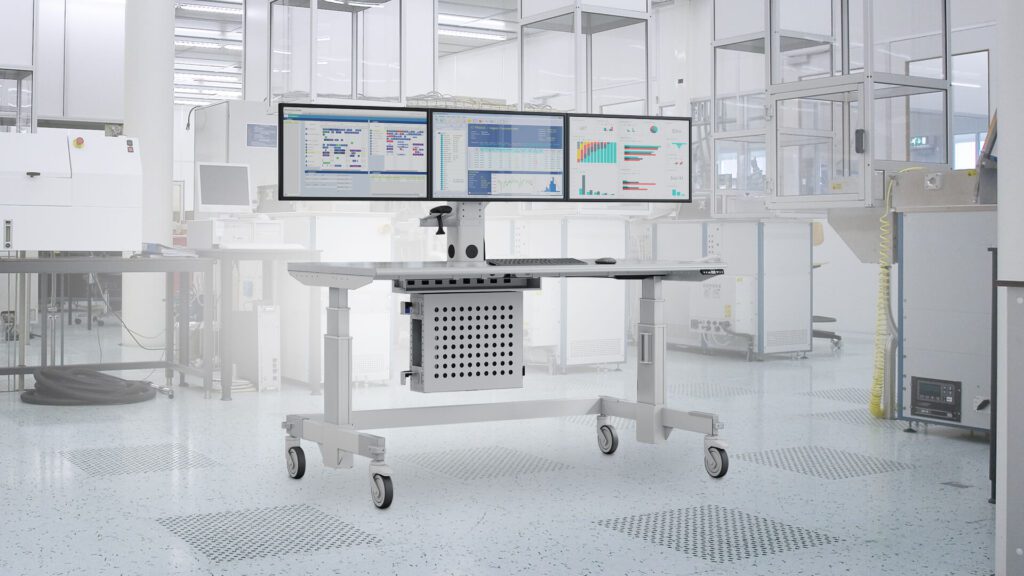
Mobility and Accessibility:
WOWs are designed to be mobile, allowing healthcare professionals to move their workstations throughout the facility. This mobility is crucial in dynamic healthcare environments where quick access to patient information, medical records, and diagnostic tools is essential.

Point-of-Care Documentation:
WOWs enable healthcare providers to perform documentation and access electronic health records (EHR) at the point of care. This reduces the need for providers to leave the patient’s bedside to update records, improving workflow efficiency and accuracy.
Real-Time Information:
With WOWs, healthcare professionals can access real-time information about patients, including test results, medication history, and treatment plans. This immediate access to data contributes to faster decision-making and improved patient care.
Communication and Collaboration:
WOWs often come equipped with communication tools, such as video conferencing and messaging systems, facilitating collaboration among healthcare teams. This is particularly important in a multidisciplinary healthcare setting where different professionals need to coordinate patient care.
Medication Administration:
WOWs can be used to verify and administer medications at the bedside, reducing the risk of errors associated with manual processes. Medication administration records can be updated in real-time, enhancing patient safety.
 Diagnostic Support:
Diagnostic Support:
Healthcare providers can use WOWs to access and review diagnostic images, test results, and other critical information. This facilitates quick decision-making for treatment plans and interventions.
Patient Engagement:
WOWs can be used to educate and engage patients by displaying relevant information, educational videos, and treatment plans. This helps in fostering communication between healthcare providers and patients.
Infection Control:
Some WOWs are designed with infection control features, such as antimicrobial surfaces and easy-to-clean materials, which are crucial in healthcare environments where controlling the spread of infections is a priority.
Customization and Ergonomics:
WOWs can be customized to suit the specific needs of healthcare providers. Adjustable height, ergonomic design, and the ability to integrate various medical devices make WOWs versatile and user-friendly.
Regulatory Compliance:
The use of WOWs in healthcare settings may align with regulatory requirements and standards related to electronic health records, patient privacy, and data security.
In summary, Workstations on Wheels play a vital role in enhancing the efficiency, accuracy, and quality of patient care in medical and healthcare workplaces. Their mobility, integration with technology, and ability to support various healthcare tasks make them indispensable tools for healthcare professionals.
Call us at: +1 (800) 663-3412 or E-mail us directly at: afcsales@afcindustries.com

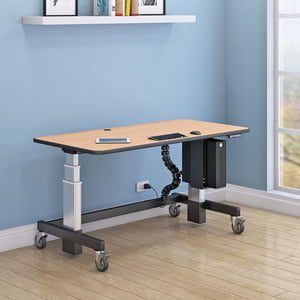
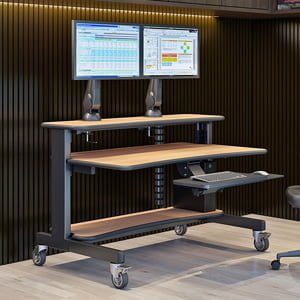
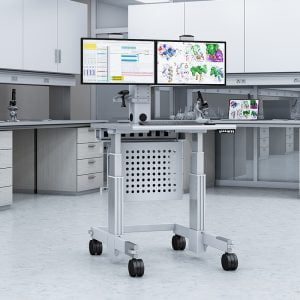
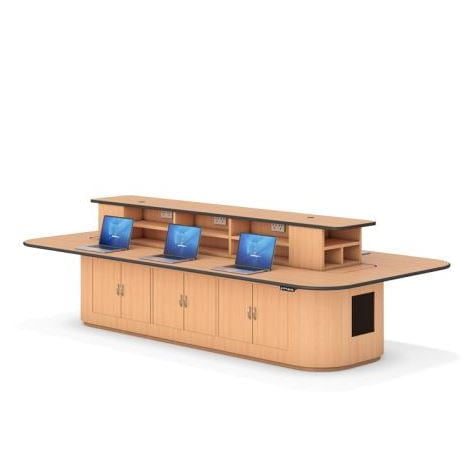

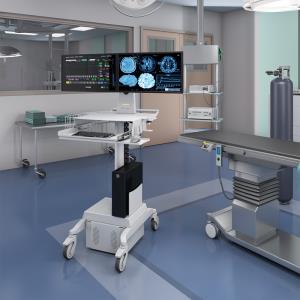
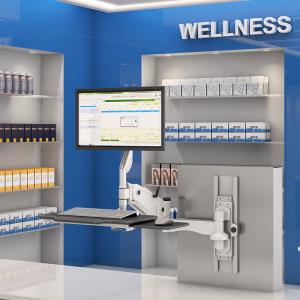
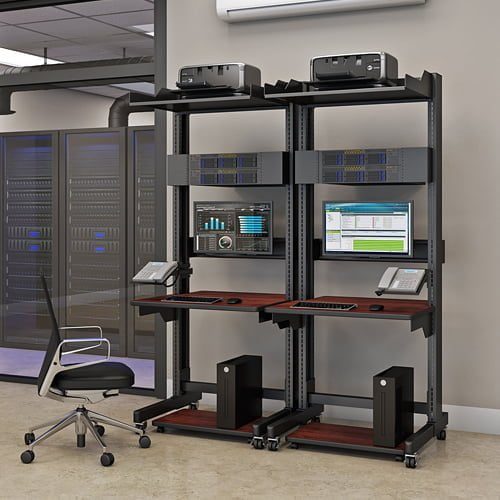

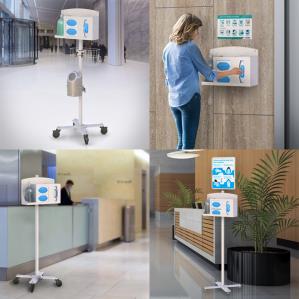
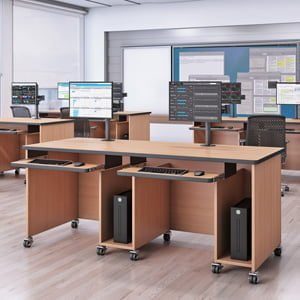

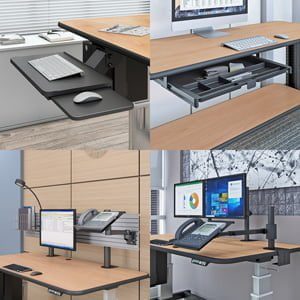
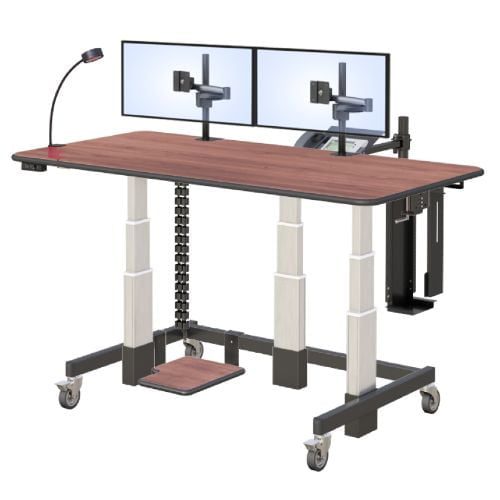
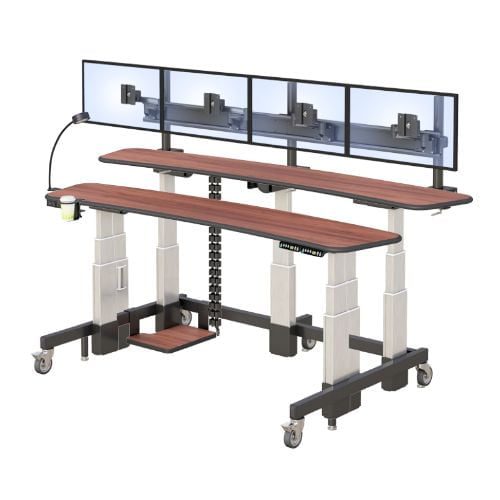
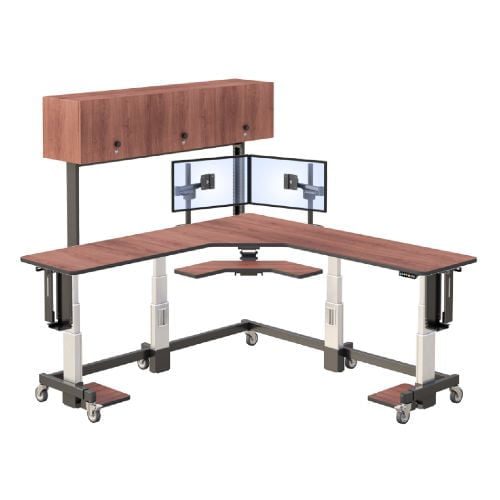

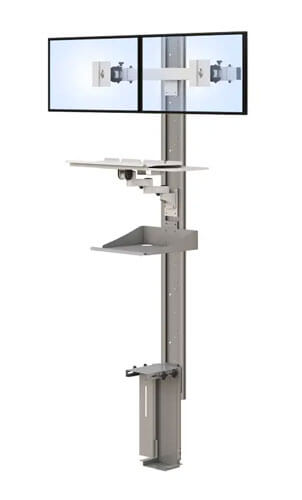
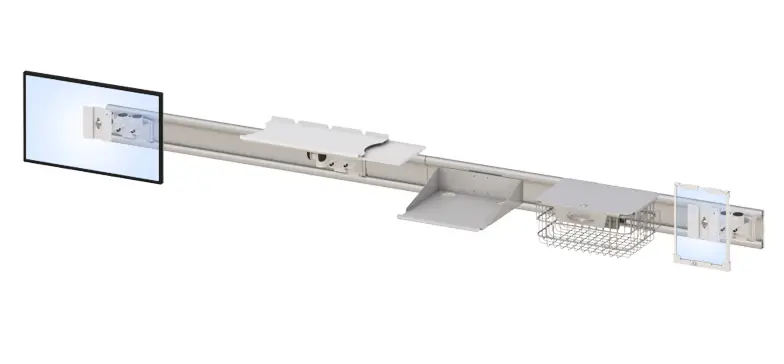
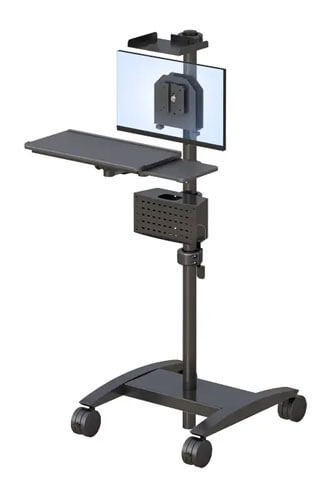
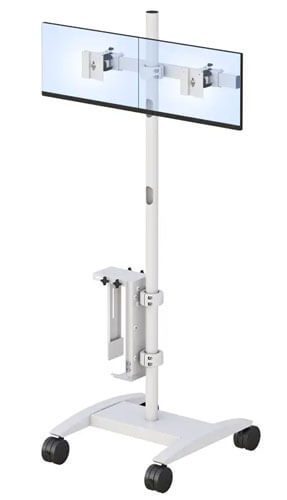
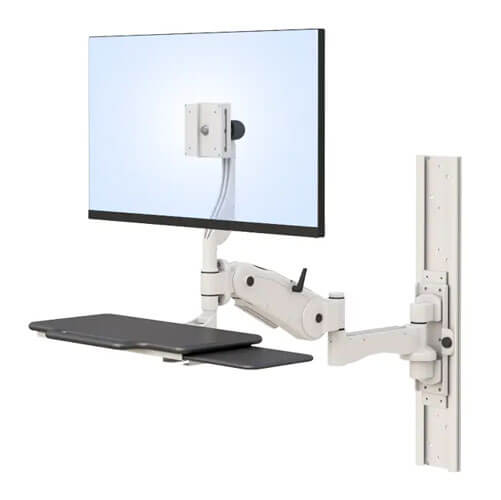

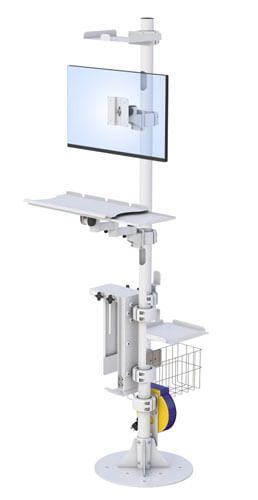

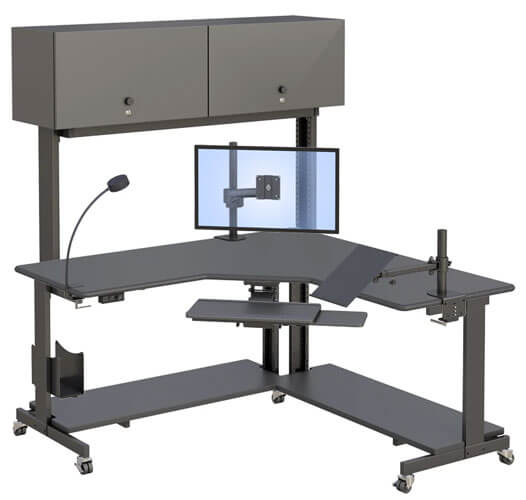
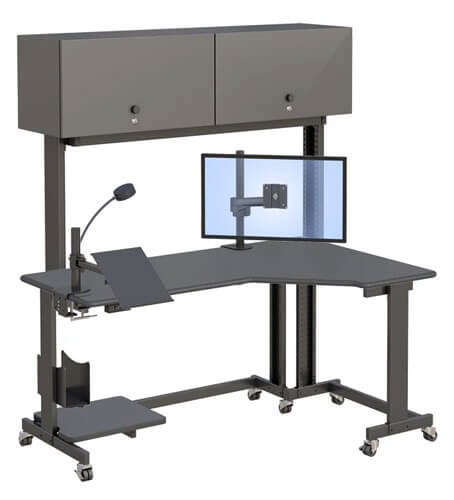
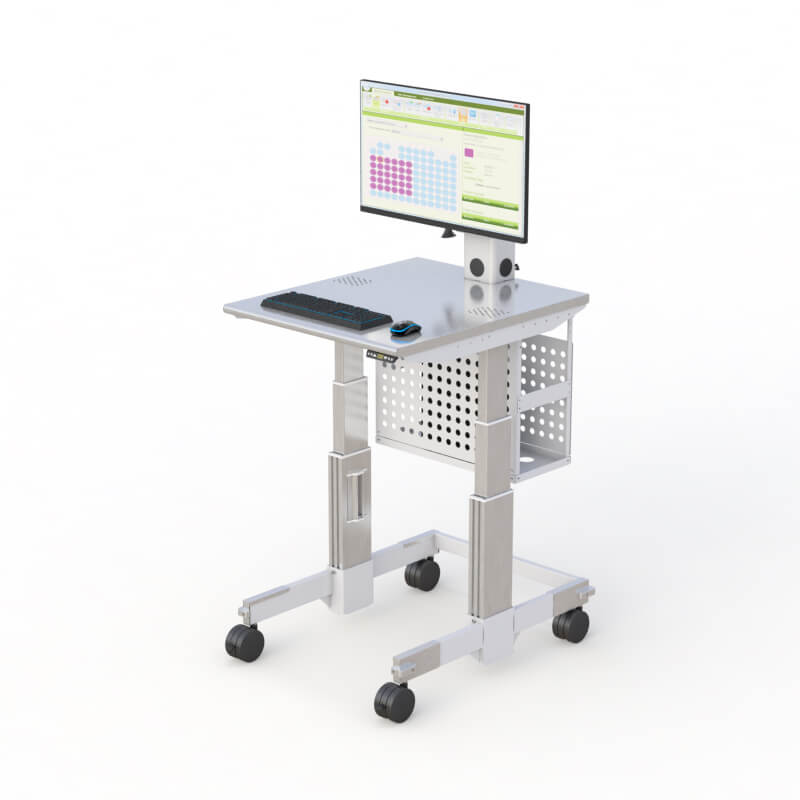 Diagnostic Support:
Diagnostic Support: